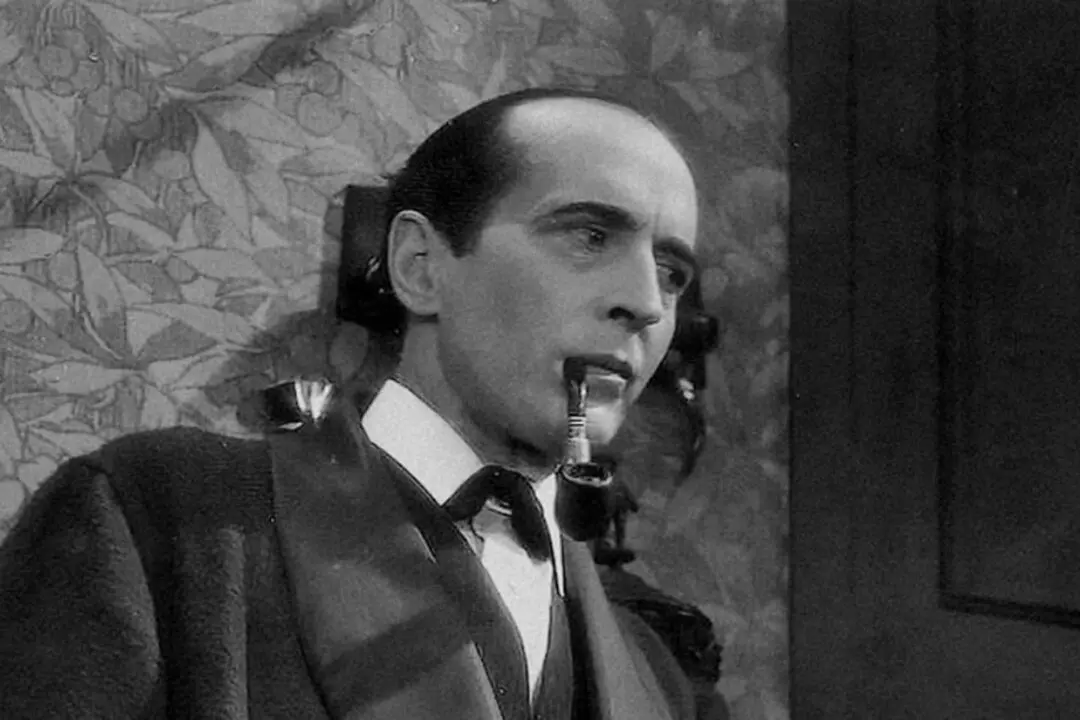Commentary
For someone who has served in the military, returning home after serving a tour—or multiple tours—overseas is a much anticipated event. Anticipation grows as the date of departure approaches. Usually, laying low is key to avoiding anything that might tarnish or delay one’s exit.





